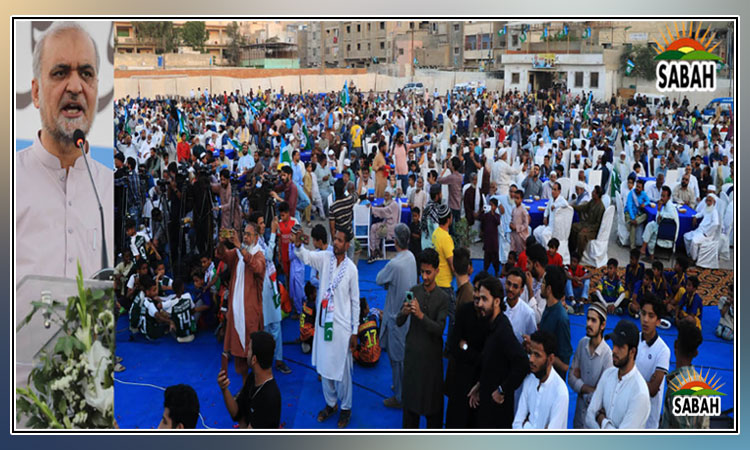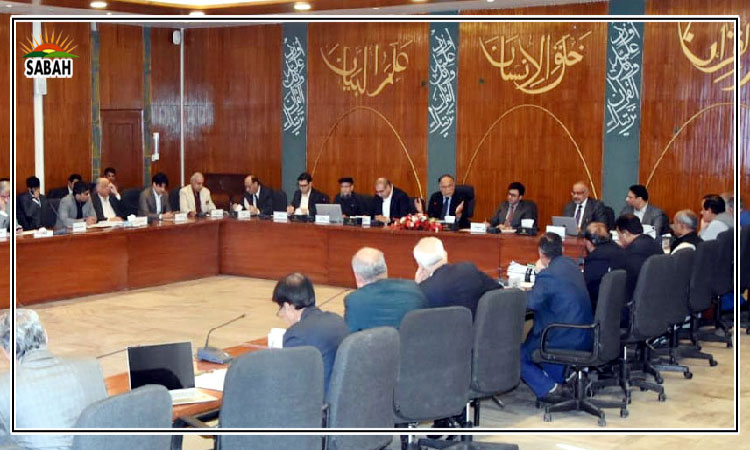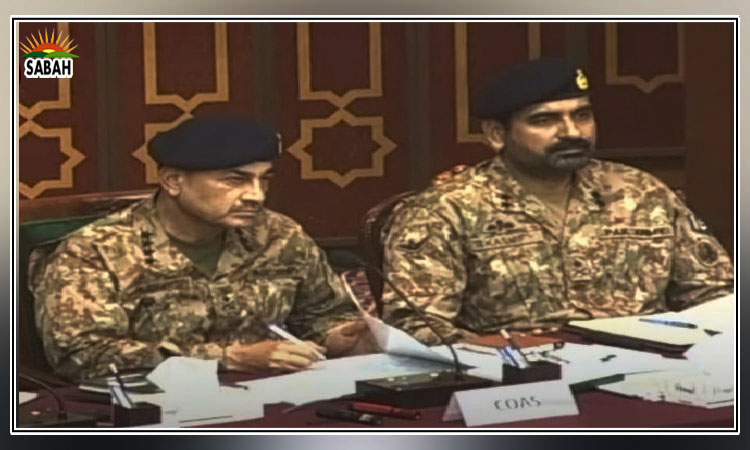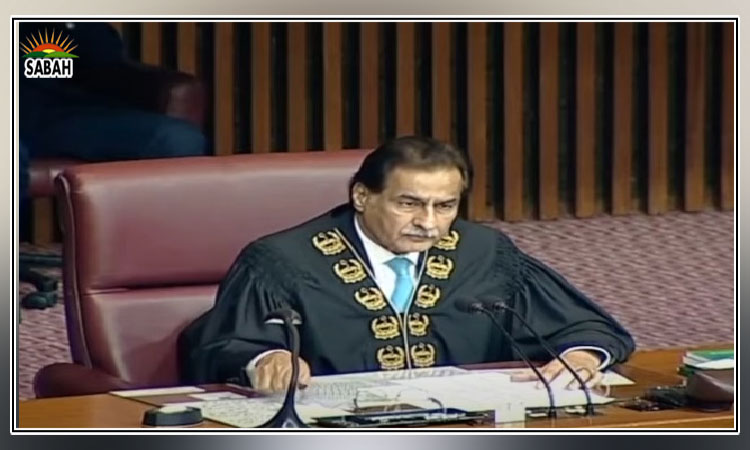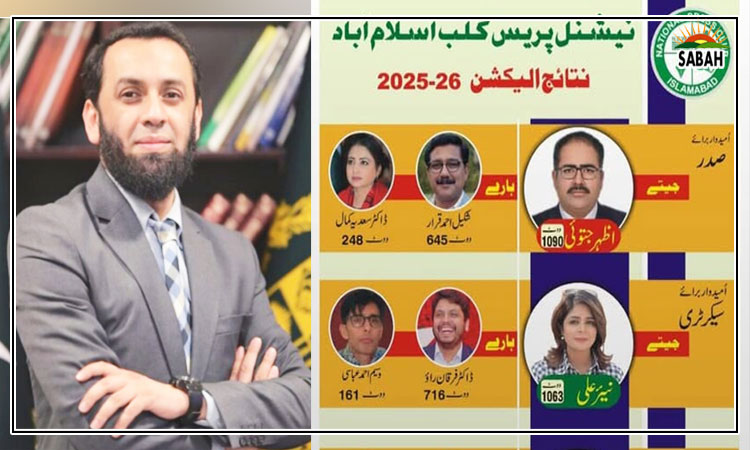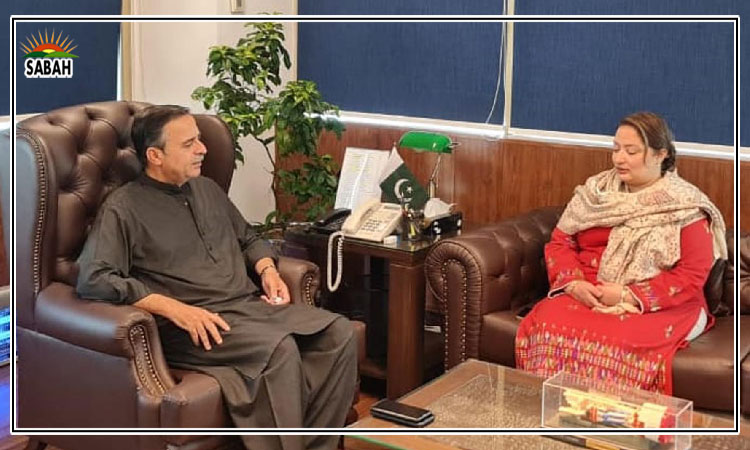Reassembling Pakistan…Khurram Husain
MUCH has been said about reimagining Pakistan but it is important to understand that task comes the day after. For now, the focus needs to be on reassembling Pakistan.
This task should not be underestimated. Those who think they can pull this off on their own are deeply mistaken. And the country is just emerging from the mistaken misadventures of those who think the country is a toy made of Lego and can be disassembled and reassembled in whatever shape they fancy, to pursue whatever goals their minds are seized with at that moment in time. It would be bad for the country to exit one such mistaken misadventure only to enter another.
A proper rendering of accounts is necessary to understand how and why the country has been brought to the present impasse. The story does not have a single starting point, but a number of turning points are important to note.
The first turning point is the arrival into power of the PML-N government in 2013. The period of Nawazs rule was marked by the kickstarting of growth on the one hand. But it also saw the emergence of massive deficits that the government financed by expensive borrowing. Debt skyrocketed in those years and has remained elevated ever since.
It would be bad for the country to exit one misadventure only to enter another.
The next turning point was 2017. The whole operation to tear down Nawaz Sharif as prime minister left decision-making in the country severely fractured. Given the growing deficits and rising debt burden, the country could not afford to have its executive decision-making splintered. It can be argued that Pakistan has been run by interim governments ever since 2017.
One critical element in executive decision-making at the policy level is some sort of coherence. If a government is spending heavily, it must balance this out with revenue measures to ensure debt levels dont blow past sustainable levels, for example. Or if the government is trying to manage the exchange rate, it needs to ensure that the requisite amount of foreign exchange reserves is available to do this.
The list goes on and on, but the point to note is that policy coherence comes when there is somebody at the top who has the birds-eye view and is taking stock of how decisions made in one area impact other areas.
Pakistan is not famous for its policy coherence. This is one reason why the country keeps going round in boom and bust cycles. But what happened after 2017 is whatever minimal levels of policy coherence there might have been were also blown. The result was erratic decision-making.
The consequences of this landed in the price level. This is what always happens when policy coherence is lost. Ultimately the consequences come cascading in the form of inflation. There is a good reason why this happens. With the loss of policy coherence come all manner of demands upon the executive, and a weak and embattled prime minister is in no position to turn down these demands. The result is runaway spending, mounting fiscal pressure, and eventually the large-scale printing of money.
This is what has always happened in our country when whatever little policy coherence there is under normal times is lost. One such episode was in the year 2007 till late 2008, as the Musharraf regime lost its moorings and became embroiled in an escalating contest of survival. The printing presses had begun to roll much earlier, but from October 2007 they went into high gear till the signing of the IMF programme a year later. The result was the highest inflation on record, which stayed elevated for a number of years.
The next round when policy coherence (or whatever little there was) crumbled altogether was in late 2012, leading up to the election in 2013. Once again, the printing presses were fired up and spending went out of all control. This time the consequences were not felt in the form of inflation because the government managed to keep the exchange rate steady and fuel prices began coming off their record highs in global markets. Instead, the consequences came in the form of a runaway trade deficit, which was financed with borrowing. This is why external borrowing skyrocketed from 2013 onward.
What is different this time is that the loss of policy coherence that set in after 2017 has not abated, despite the passage of more than six years. There was a brief period of respite, running from May 2019 till about March of 2020, when a very strict IMF programme was under implementation, that one could see some sort of policy coherence in the country.
But other than those months, we have had nothing but rampant ad-hoc decisions, no centre of decision-making anywhere in the country and spending priorities that it seemed were being made on the spot.
The result, once again, was runaway money printing, the largest and longest episode of printing that our economy has ever seen. It began in early 2017, and by May 2019 money printed and pumped into the economy constituted half of total money supply, the largest proportion it had ever been until then. From the summer of 2020, it began one more time, but their nature changed.
Instead of direct government borrowing from the State Bank, they flushed the economy with cheap liquidity via sharp interest rate cuts and refinance facilities, whose monetary impact the State Bank itself proudly claimed was five per cent of GDP, probably the single largest monetary stimulus ever given to the economy.
The result is there once again. Inflation remained elevated through 2019, but since 2021 it has been a blowout of historic proportions. So far this is plateauing out, but for the country to emerge from this nightmare, the return of policy coherence for a protracted period is a must.
And that can only happen under a government that is not hobbled by legitimacy concerns. It is critical that Pakistan gets such a government in the months ahead.
Courtesy Dawn


